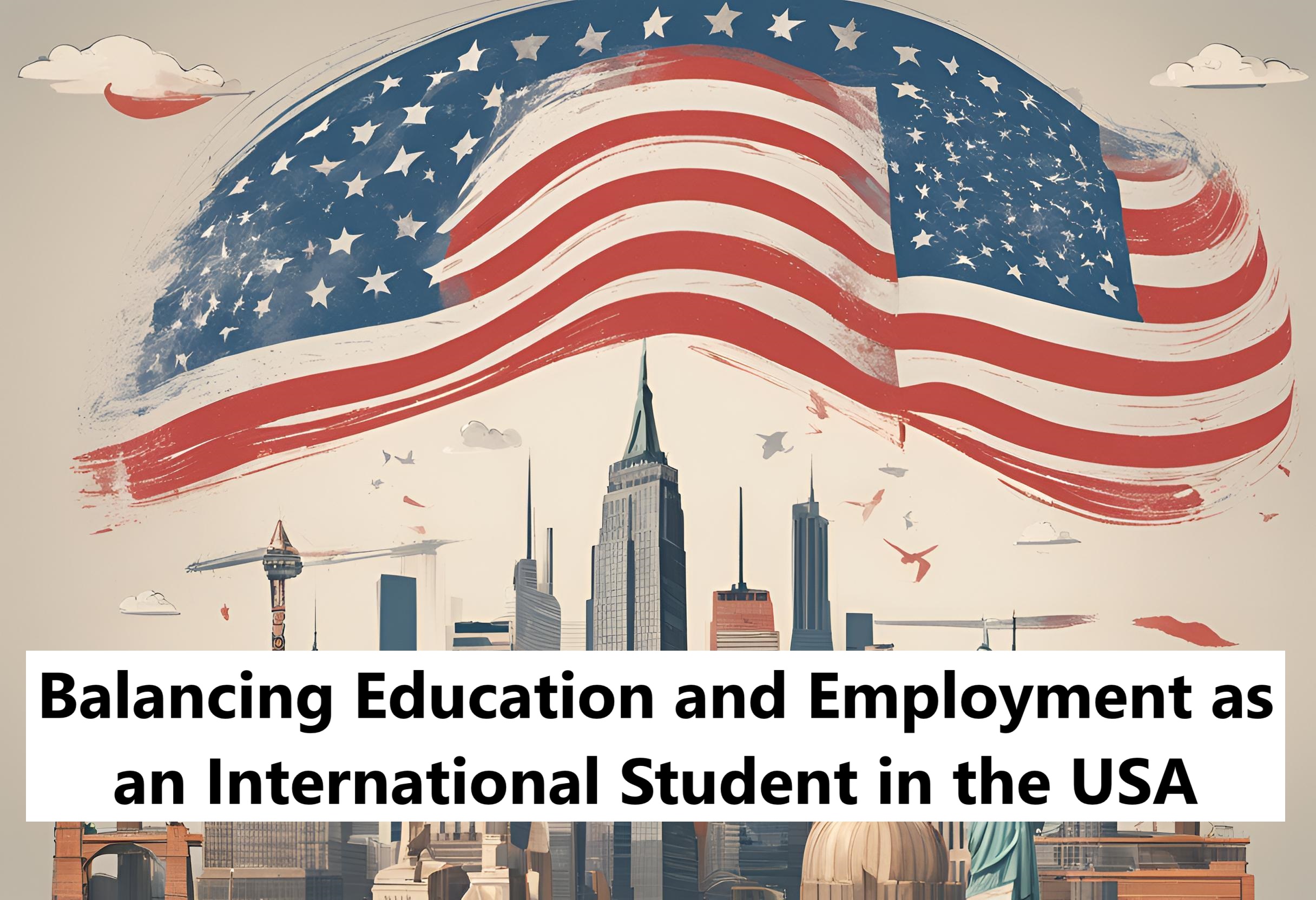Pursuing higher education in the United States is a dream for many international students. The country offers world-class education, cutting-edge research opportunities, and diverse career prospects. However, balancing academics and employment can be challenging, given the strict regulations governing international student work and the demanding nature of coursework. Understanding employment options, legal requirements, and time management strategies is essential for international students aiming to work while studying in the USA.
Employment Opportunities for International Students
International students on an F-1 visa have limited but valuable work opportunities. The U.S. Citizenship and Immigration Services (USCIS) permits students to work under certain conditions:
- On-Campus Employment: Students can work up to 20 hours per week during the academic semester and full-time during holidays and breaks. This is the easiest and most accessible employment option, offering positions in libraries, dining halls, and administrative offices.
- Curricular Practical Training (CPT): This program allows students to gain work experience directly related to their field of study. CPT must be approved by the school and is usually integrated into academic programs as internships or cooperative education.
- Optional Practical Training (OPT): OPT provides up to 12 months of work authorization (24 months for STEM graduates) after graduation, enabling students to gain hands-on experience in their field.
- Severe Economic Hardship Employment: If students face unexpected financial difficulties, they may apply for off-campus work authorization under this category. However, obtaining approval is a complex process and requires strong justification.

Challenges and Strategies for Balancing Work and Study
International students often face time constraints, cultural adjustments, and financial burdens. Managing coursework alongside a job requires strategic planning:
- Prioritization and Time Management: Creating a structured schedule helps students allocate time efficiently between classes, work, and personal activities.
- Utilizing Campus Resources: Universities offer career services, academic counseling, and financial aid offices that guide students in balancing education and work commitments.
- Seeking Flexible Work Options: On-campus jobs and CPT opportunities that align with academic schedules ensure minimal disruption to studies.
- Maintaining Legal Compliance: Staying informed about visa regulations and work restrictions prevents unintentional violations that could impact student status.
Conclusion
Working while studying in the USA can be a rewarding experience, providing financial relief and professional growth. However, students must carefully navigate employment opportunities while adhering to visa regulations. By utilizing available resources and managing time effectively, international students can successfully balance education and employment, paving the way for a bright future.